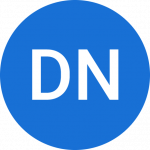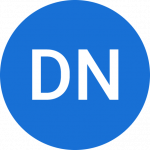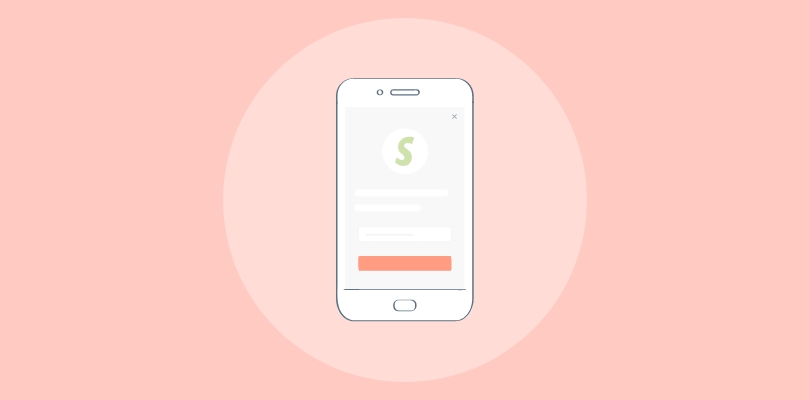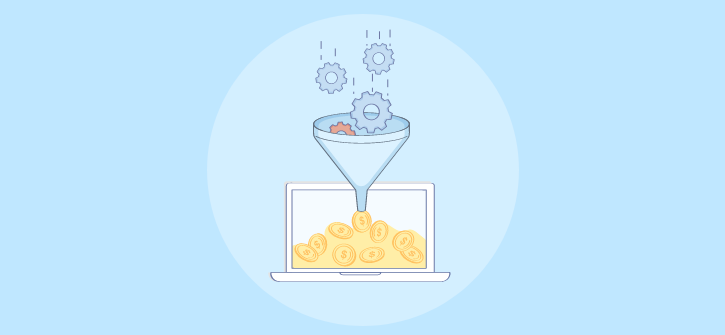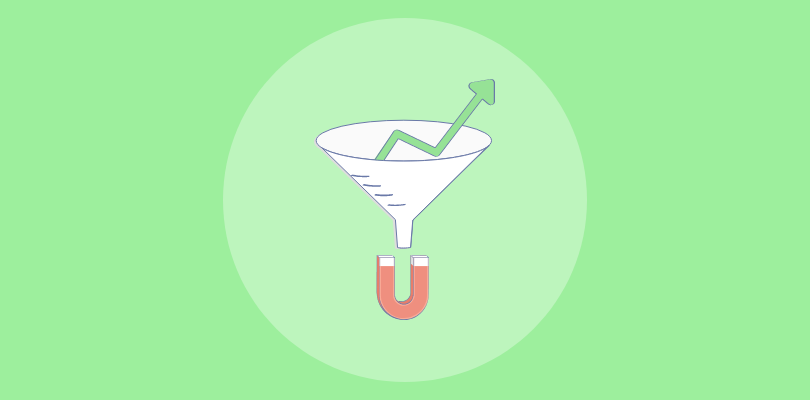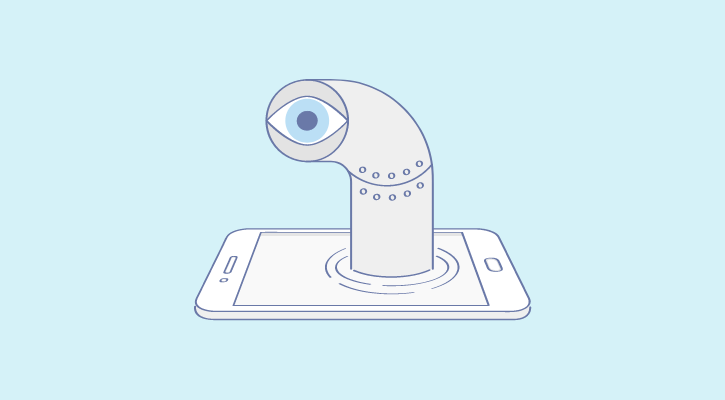Have you ever experienced the frustration of having a website that feels like a bustling intersection, yet lacks the traffic to match the activity?
It’s a common concern for many website owners, where the virtual hustle and bustle don’t translate into meaningful engagement.
The metaphorical busy intersection might echo with potential, but without the right strategies, it can leave you wondering how to channel that activity into tangible results.
In this blog post, we are going to unlock the secrets to growing website conversion rate based on my long digital marketing experience and extensive research.
Whether you’re a beginner or a pro, these tried-and-tested tactics will empower you to turn your visitors into loyal customers.
Get ready to witness a flurry of activity on your website like never before.
10 Proven Ways to Increase Conversions on Websites
1. Collect and Analyze Visitor Data
Understanding your website visitor’s behavior can uncover insights that help you optimize website conversions. I use analytics tools such as Google Analytics to track user behavior like bounce rate, time spent on a page, and navigation path through our site.
For instance, if you notice that users are leaving your page quickly, you can conclude that your content isn’t meeting their needs and adjust accordingly.
To identify the reason they are leaving your site so soon, you can set up an exit intent pop-up with the help of exit pop-up software.
An exit-intent pop-up is a pop-up message or offer that appears when a website visitor is about to leave a site. It is triggered by the user’s mouse behavior, typically when they move their cursor toward the browser’s close button or the back button.
Implementing exit-intent pop-ups can offer several benefits in understanding why visitors might be leaving a website too soon. With such pop-ups, you can do the following:
- Know about their overall experience with your website
- Identify the friction points or obstacles that may be hindering the user experience
- Reduce bounce rates by tailoring your content or user interface to meet visitor expectations better
- Deliver personalized offers or incentives to encourage users to reconsider leaving
- Create an opportunity to capture leads before visitors leave through subscription to newsletters, creating accounts, or signing up for updates
However, it is important to note that in your bid to capture, analyze, and act on visitors’ data, avoid making the exit-intent pop-ups intrusive. Users should feel that the pop-up adds value rather than being an annoyance. Regularly analyze the data collected through these pop-ups to make informed decisions about optimizing your website for better user engagement and conversions.
2. Define Clear Conversion Funnel
A conversion funnel represents the stages a potential customer goes through before making a purchase or completing a desired action. It visualizes the journey from awareness to conversion and helps businesses understand and optimize the customer’s path.
The funnel concept is often visualized as an inverted pyramid, and businesses use it to analyze and optimize their marketing and sales strategies at each stage to improve overall conversion rates.
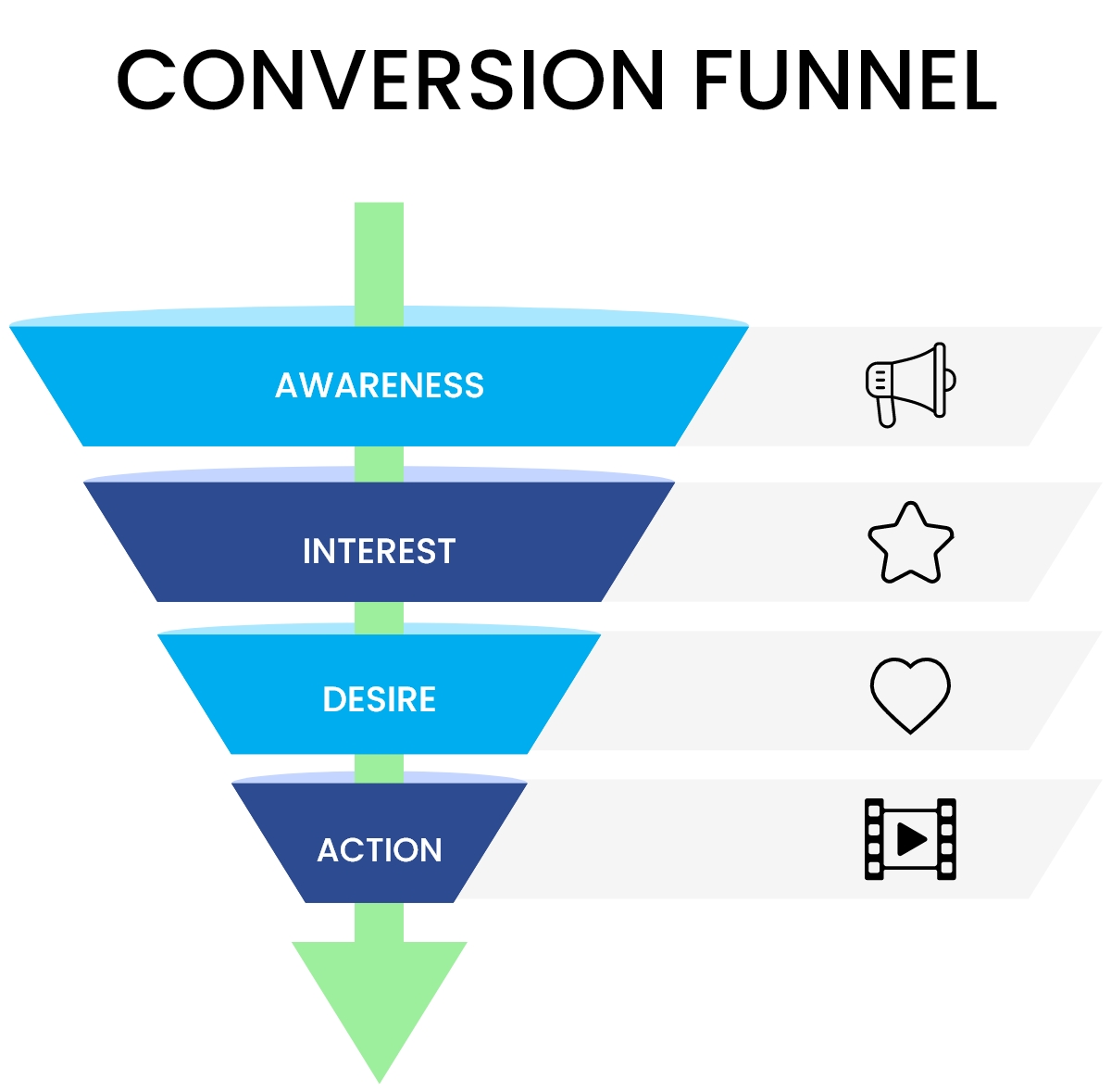
Image Source: Oberlo
It is recommended that you start with deciding on the end goal, whether it’s making a purchase, filling out a form, or downloading an eBook. Your website should clearly guide visitors through the various stages of conversion.
Here’s how to define a clear conversion funnel:
- Identify your objective: Determine what action you want your users to take.
- Map out the user journey: Create a step-by-step process of how users will interact with your website or app.
- Set up tracking: Use analytics tools like Google Analytics and Matomo (formerly Piwik) to track how users move through the funnel.
- Identify key metrics: Determine which metrics are most important to track throughout the funnel.
- Optimize each step: Review each step of the funnel to identify areas for improvement and test changes to optimize performance.
- Analyze the results: Continuously analyze the data to measure progress towards your objectives and iterate on improvements to the funnel.
Remember, the funnel should be specific to your business and may vary depending on your objectives and user journey. Keeping a clear and organized funnel is key to understanding how your users interact with your website or app and identifying ways to improve their experience.
3. Use Clear CTAs
It may be stating the obvious to say this but a clear and catchy call to action (CTA) helps persuade visitors and increases the likelihood of conversion.
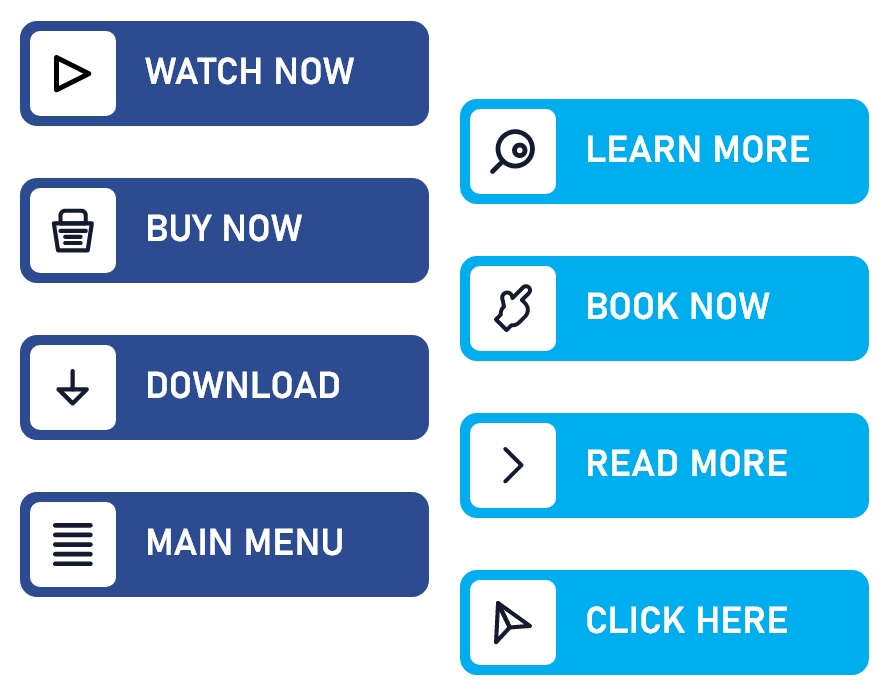
Image Source: Freepik
Use CTAs like “Add to Cart“, “Buy Now“, and “Sign Up Here” that prompt users to take action. Place them in strategic locations on the page, in a prominent color, and with a clear label.Here are some effective tips for using clear CTAs on a website that we’ve implemented in the past:
- Use action-oriented language. For example, “Sign up now,” “Shop the sale,” or “Get started.”
- Make the CTAs visually stand out. Use contrasting colors that grab attention and make the CTA button easily distinguishable from the rest of the page. Consider using a color that complements your overall design but stands out prominently.
- Optimize button design. Make sure the CTA buttons are large enough to be easily clickable, but not too large that they overwhelm the page. Use a clear and readable font, and leave enough white space around the button to avoid visual clutter.
- Position them strategically. Place CTAs in prominent locations on your website, such as at the end of blog posts, in the header, or above the fold. Consider the natural flow of your page and guide users toward the CTA.
- Use compelling copy. Clearly communicate the value proposition of your offer in the CTA text. Explain what users will gain by taking the desired action. Keep it concise and focused on benefits.
- Create a sense of urgency to elicit immediate action. Incorporate words that create urgency, such as “limited time offer,” “exclusive deal,” or “while supplies last.”
- If possible, personalize CTAs based on user behavior or demographics. Tailoring the message to specific audience segments can increase relevance and engagement.
- Monitor analytics. Track the performance of your CTAs using analytics tools. Analyze click-through rates, conversion rates, and user behavior to refine and optimize your CTAs over time.
By implementing these tips, you can create clear and compelling CTAs that guide your website visitors toward the desired actions, ultimately improving user engagement and conversion rates.
Read more: 11 Proven Call to Action Button Best Practices for Popups
4. A/B Test Everything
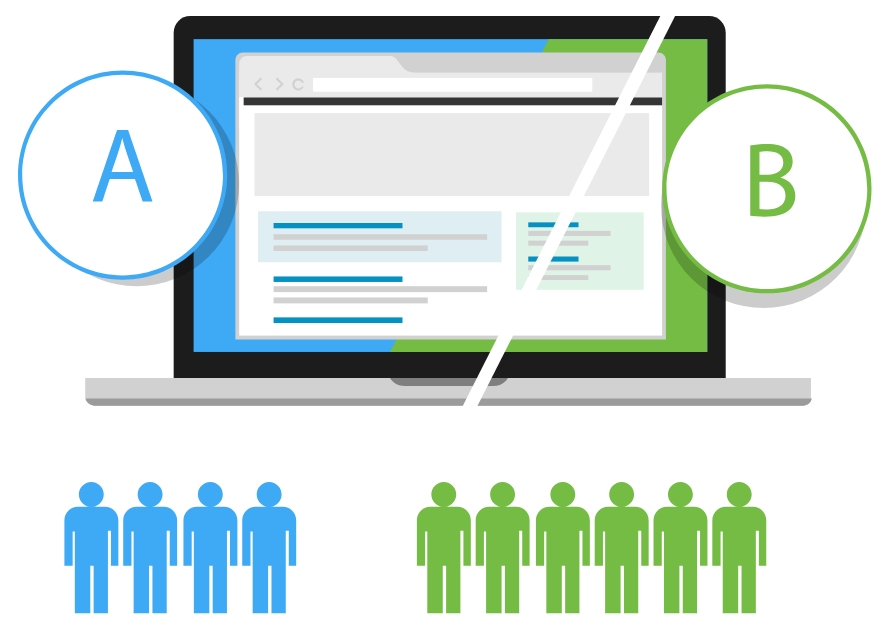
A/B testing helps you identify which campaign is bringing in traffic and converting customers.
Test everything from headlines to button color and placement to see what resonates with your audience.
For example, you can test two different landing pages to see which generates the highest number of conversions.
Some time back, we had an opportunity to work with a team of conversion rate optimization (CRO) specialists on multiple websites. Here’s what we found one can do to conduct A/B testing successfully:
- Clearly outline what you want to achieve with your A/B test. Whether it’s increased click-through rates or higher conversions, having a specific goal will guide your experiment.
- Understand your audience and segment it appropriately. Testing on different segments allows you to identify what works best for specific user groups.
- Begin with a single variable to test, such as a headline or button color. Keeping it simple helps isolate the impact of changes and provides clearer insights.
- Ensure your sample size is large enough to draw reliable conclusions. Tools like online calculators can help determine the required sample size for statistical significance.
- To pinpoint the exact factor influencing results, change only one element in each test. This helps in attributing performance differences to specific changes.
- Consider the impact of external factors and monitor results over an appropriate time frame to account for variations and fluctuations.
- Learn from each test, whether it’s a success or failure. Use insights gained to inform future tests and iterate on your strategies.
Read More: 9 Simple A/B Tests You Should Perform for Higher Conversions
5. Set a Clear Value Proposition
Your value proposition tells your users why they need your product and how it is different from your competitors. Make use of clear taglines, product images, and customer reviews to tell your users how your product solves their problems.
For example, Apple’s value proposition is “Think Different,” and it creates an emotional connection with its users.

Image Source: Wikimedia
To set a clear value proposition:
- Identify your target audience and understand their needs and pain points
- Highlight the main benefits and unique features of your product
- Clearly articulate the value that your product provides
- Keep it concise and easy to understand
- Avoid jargon or technical language that may confuse customers
- Differentiate yourself from competitors by emphasizing what sets your product apart
- Use strong and compelling language that appeals to customer emotions
- Communicate a clear solution or outcome that customers can expect
- Test and refine your value proposition based on customer feedback and market research
6. Recover Abandoned Carts
Did you know that the average documented eCommerce cart abandonment rate is 69.57%?
It can increase by 75% if there’s poor visitor experience on your site, like slow loading.
An abandoned cart is when a user adds something to their cart and then leaves the site without making a purchase.
Use remarketing tools like email campaigns or pop-ups to motivate users to take action.
Offering discounts or exclusive deals may incentivize them to complete their purchase.
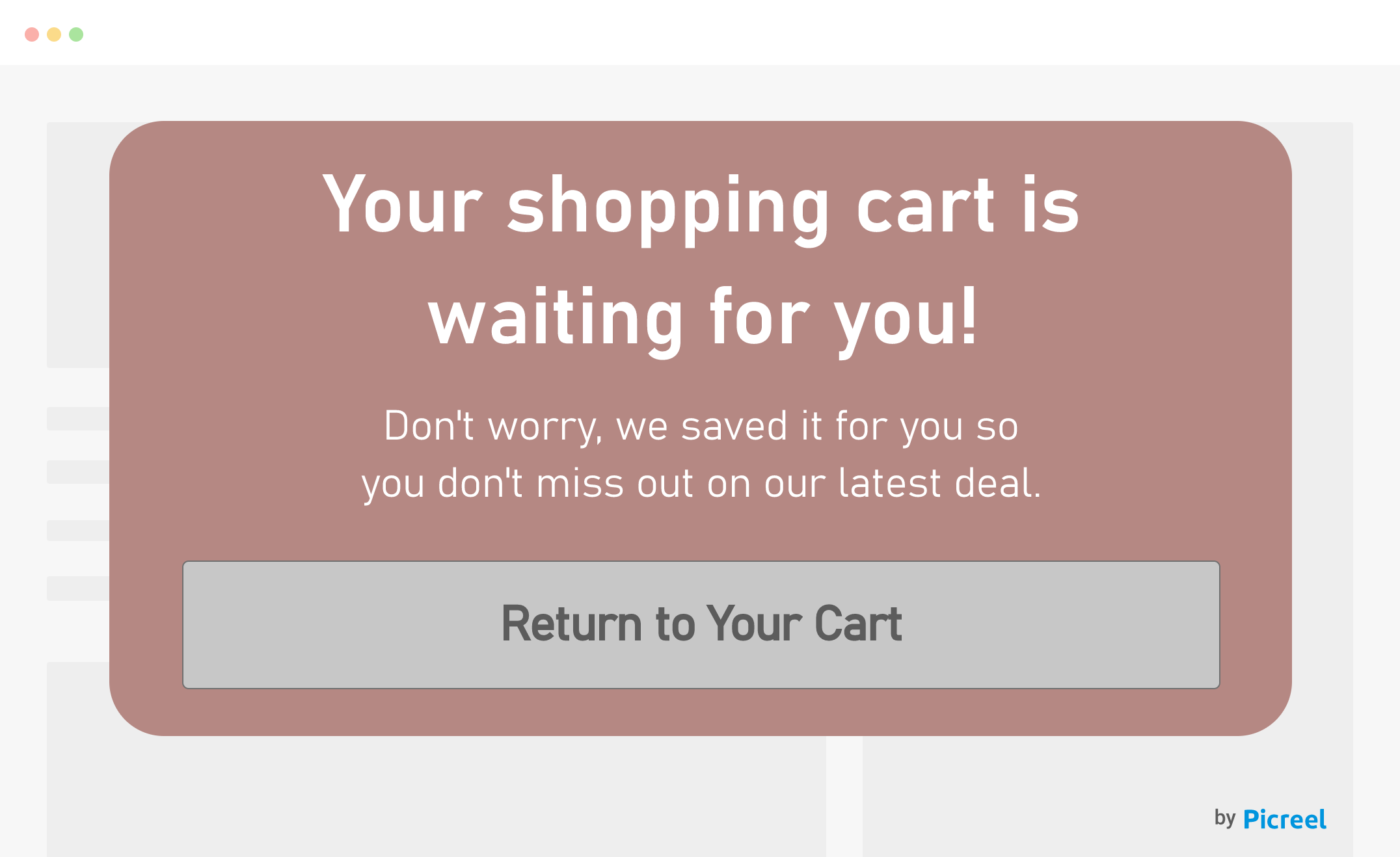
Along with this, you should simplify and streamline the checkout process to reduce friction. Remove unnecessary steps and ensure that the process is user-friendly, making it more likely for visitors to complete their purchases.
Include customer reviews, testimonials, and trust badges on your site to build credibility. Address any concerns users may have about the security of their information or the quality of your products.
Create a sense of urgency by including limited-time offers in your recovery messages. Communicate that the items in their cart are in high demand or that the discounts will expire soon, encouraging a quicker decision.
7. Create a Sense of Urgency
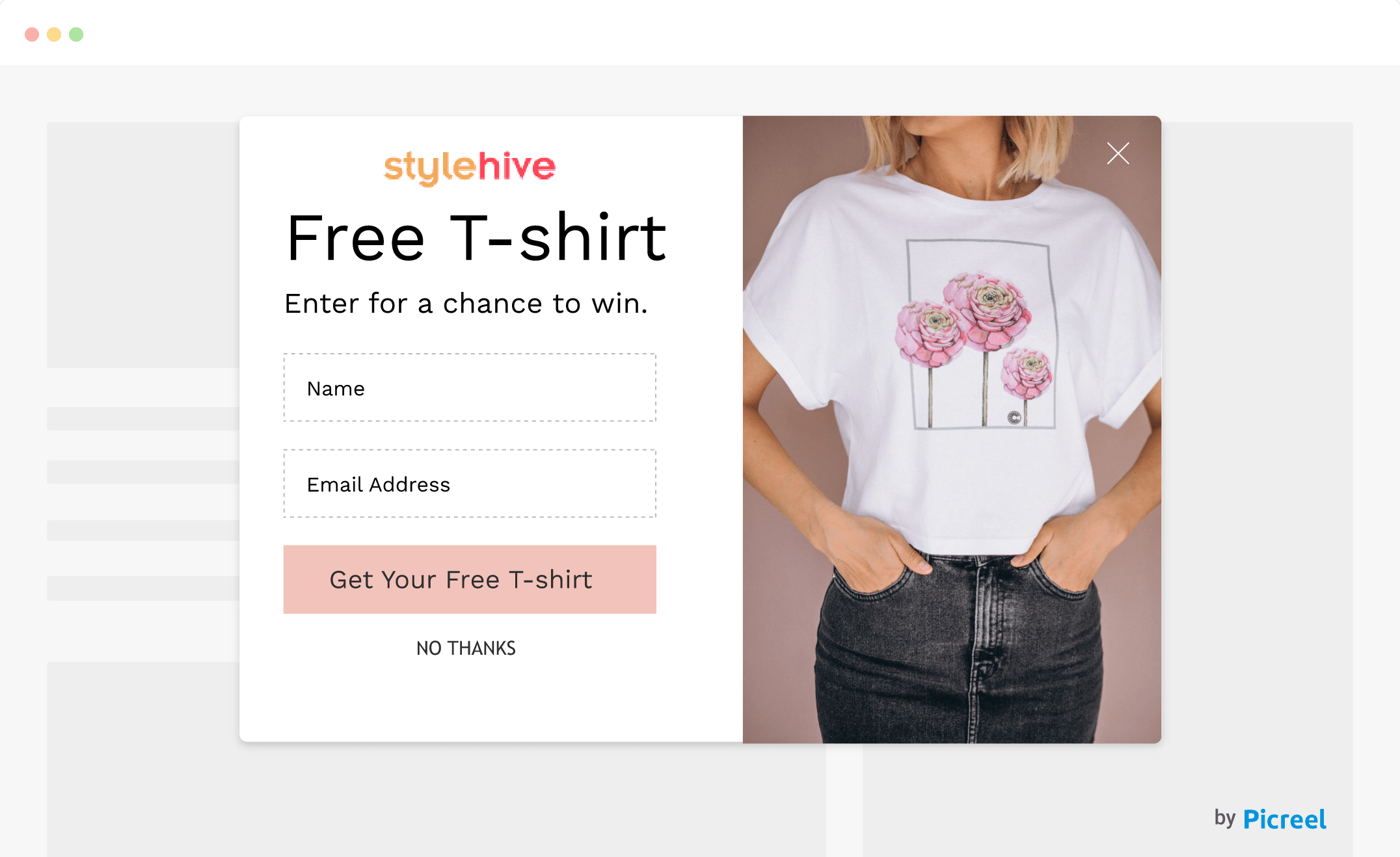
One of the significant lessons you can learn in the online marketing and search engine optimization (SEO) space is this: The idea of scarcity or urgency triggers a fear of missing out, which motivates a user to take immediate action.
This makes it yet another way to increase conversions on websites.
Use urgency in the form of a countdown timer, limited stock, or flash sales to create a sense of urgency and motivate users to convert.
For example, Amazon uses limited-time deals to encourage users to convert quickly. These deals are time-sensitive and typically last for a short duration, encouraging customers to make a purchase within a specified time frame to take advantage of the discounted prices.
Deal of the Day, Lightning Deals, and Gold Box Deals are top examples of such deals from the multinational eCommerce company.
Read More: Timer Popups Startegies : Supercharge Subscribers & Revenue
8. Upsell or Cross-Sell Products

Image Source: Keydifferences
Cross-selling (product bundling) and upselling increase the value of an order and help you to generate more revenue.
They are also a powerful way to increase website conversion rates.
How?
Let us elaborate on it.
By upselling, you offer customers a related product with a higher value or a better version of the same item they’re planning to buy.
Similarly, when you cross-sell, you offer a complementary product or service that enhances the customer’s experience.
These techniques enable businesses to provide a personalized shopping experience, increase the perceived value of the purchase, and lead to an increase in the average order value.
Upselling and cross-selling improve customer loyalty and satisfaction too, leading to more sales and an increase in website conversion rates.
To make the most of these proven techniques, use dynamic product recommendation engines like Amazon or Shopify upsell apps to improve the user experience.
Read more: Product Bundling for Shopify Stores: Examples and Strategies
9. Perform Competitor Analysis
“Competition is not only the basis of protection to the consumer, but is the incentive to progress.” – Herbert Hoover

Image Source: Freepik
To gain an advantage over your competitors, it is important to understand their strengths and weaknesses. This knowledge can then be used to emphasize your unique selling points (USPs) and capitalize on your own strengths in areas where your competitors fall short.
Additionally, it is crucial to consider that consumers conduct research before making a purchase. They will likely compare your business to your competitors to evaluate their options.
By conducting competitor analysis, you can effectively put yourself in the shoes of your customers and gauge how you measure up against your competition.
This way, you can focus your efforts on ensuring that your website and product range outperform anything else they may come across, ultimately positioning your offering as the best choice for potential customers.
You may use a competitive analysis platform such as Semrush to uncover every possible aspect of your competitors.
Here’s a competitive analysis template you can use for this purpose.
10. Optimize Critical Page Layouts
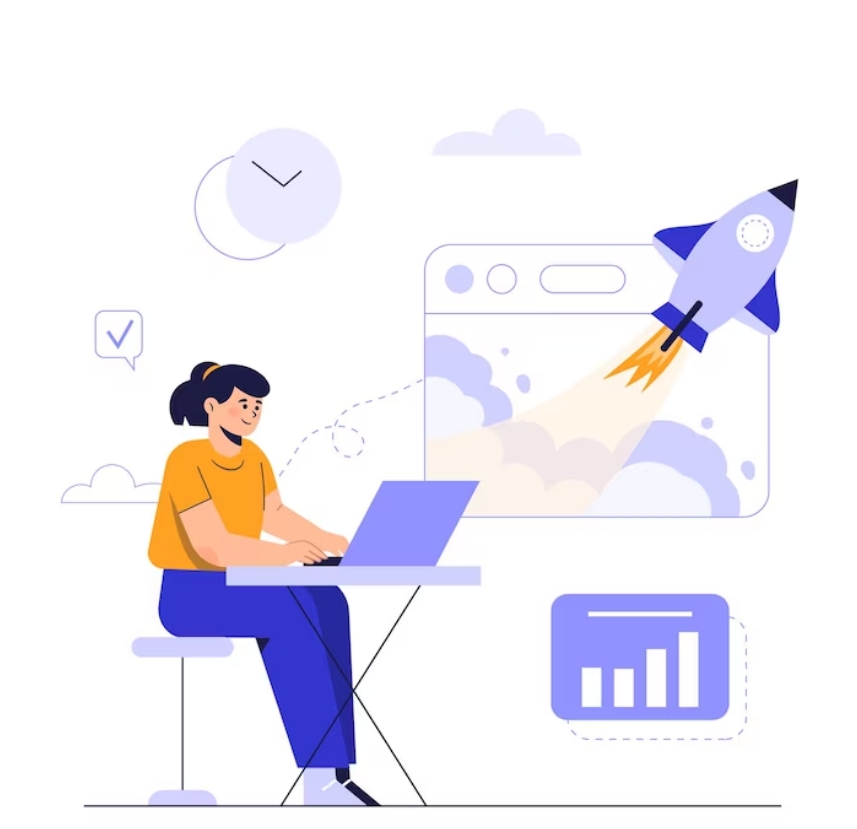
Image Source: Freepik
Optimizing website page layout can improve user experience, shoot up engagement, and increase website conversion.
Start by strategically placing conversion elements, including CTA buttons, testimonials, and product images. Optimize load time, make the site mobile-friendly, and choose between the right font, size, and color.
A good example of well-optimized critical page layouts is the Nike website, which is user-friendly and easy to navigate.
Here are some additional points on how to best optimize website page layout:
- Use a Grid System: A grid system is a tool that provides a visual guide for arranging your website content. It’s about creating a well-structured layout that is both aesthetically pleasing and easy to navigate.
For example, a 12-column grid system could help you design a layout for a blog page with a header, two columns of posts, and a footer. - Prioritize Content: High-priority content should be placed in areas that easily catch the visitors’ eye.
For example, placing your CTA button above the fold makes it visible without having to scroll down.
A great example of this is Airbnb, which uses a prominent button to show prices and encourages users to book accommodations on its platform.
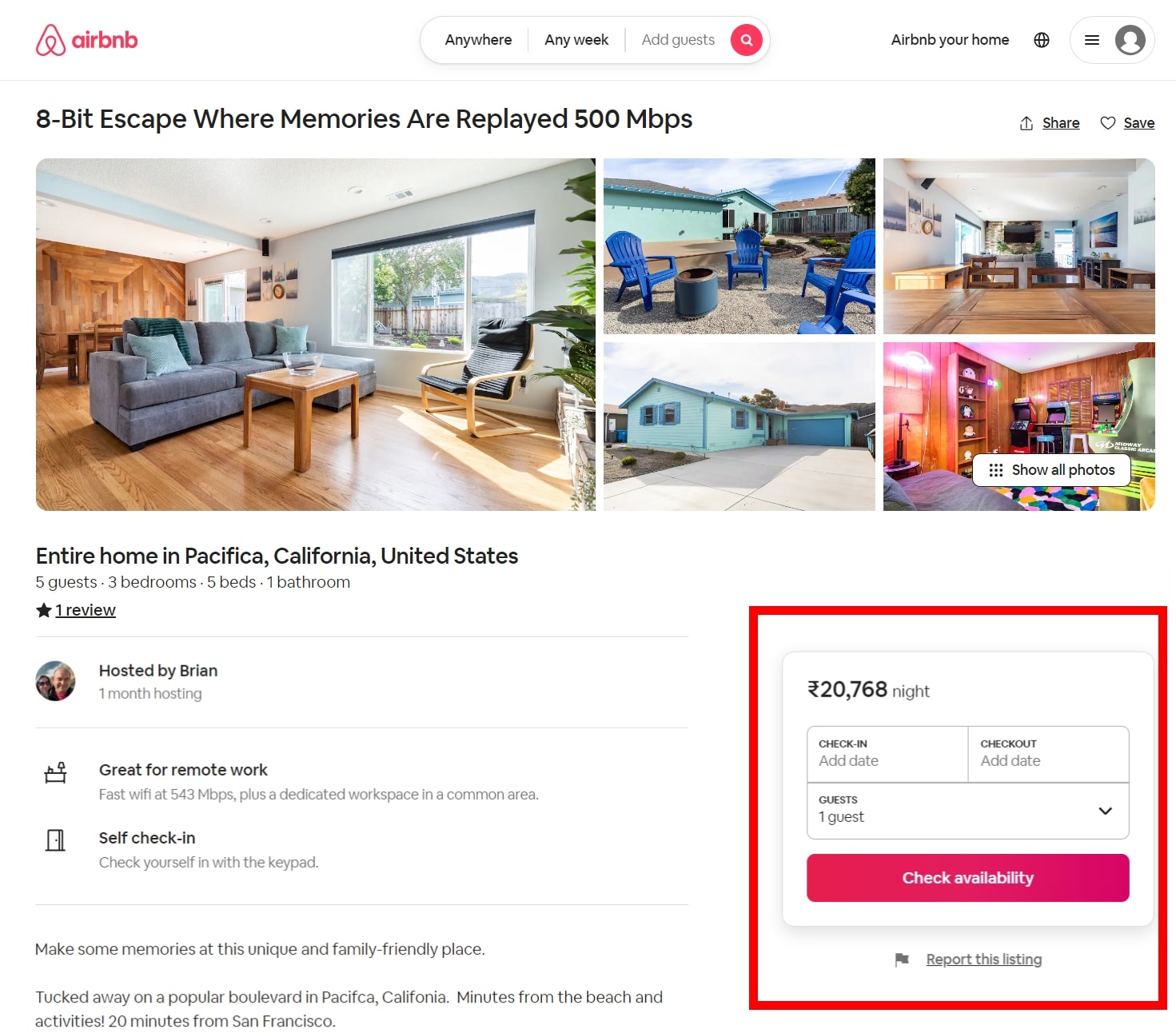
Image Source: Airbnb
- Perform Keyword Research: This will help you identify the relevant words, phrases, and questions that people are entering into search engines to find information. You can understand what content topics are popular and in high demand, allowing you to prioritize them on your website.
- Apply the 80-20 Rule: Focus on the top-performing articles or content that drive the most impact in terms of traffic and conversions. By doing so, you can optimize its placement and visibility on your website to maximize conversions.
- Align High-Priority Content With Business Goals: Determine what content supports your current goals and objectives, and focus on prioritizing that content on your website.
- Perform A/B Testing: Evaluate different placements and formats for high-priority content. This will help you determine the most effective placement and design for maximizing conversions on your website.
Along with this, you can use consistent visual hierarchy and streamline the navigation.
Remember that the best placement for high-priority content may vary depending on your specific website and target audience. Continuously monitor and analyze user behavior using analytics tools to refine your content placement strategy and further enhance conversions.
Start Turning Clicks Into Conversions
That’s all about how to increase website conversion.
The task of increasing website conversions may take some time and effort initially as it involves several steps, tests, trials, and fine-tuning. But it’s all worth it in the end.
In particular, you should do the following:
- Collect and analyze visitor data
- Define a clear conversion funnel
- Use clear CTAs
- A/B test everything
- Set a clear value proposition
- Recover abandoned carts
- Create a sense of urgency
- Upsell or cross-sell your products
- Perform competitor analysis
- Optimize critical page layouts
By following these best practices, you’ll not only boost conversions but also create a user-centric digital space that fosters lasting relationships with your audience.
Take these insights and transform your website into a conversion powerhouse. Start implementing these strategies today, and watch your website thrive!
FREE. All Features. FOREVER!
Try our Forever FREE account with all premium features!
